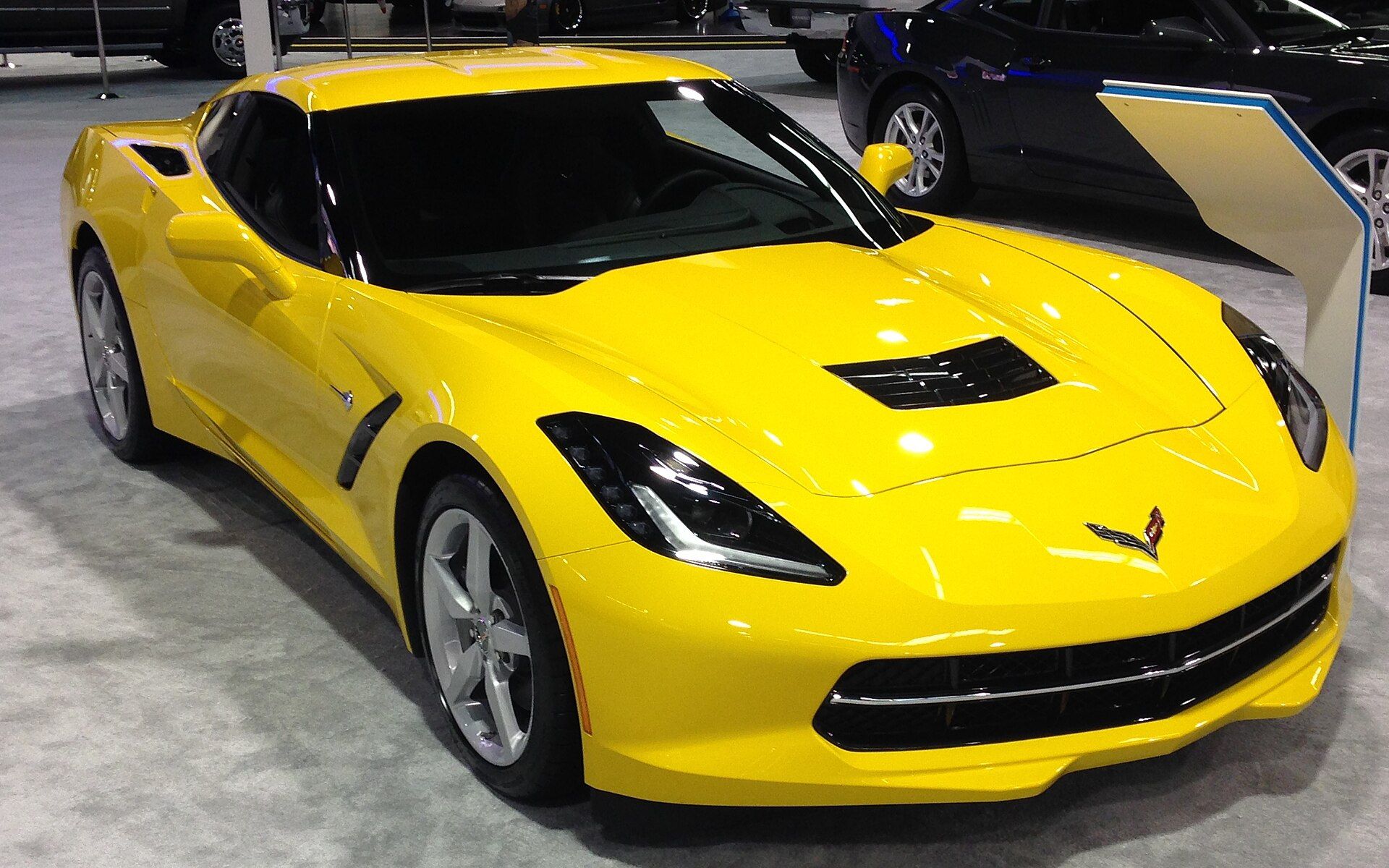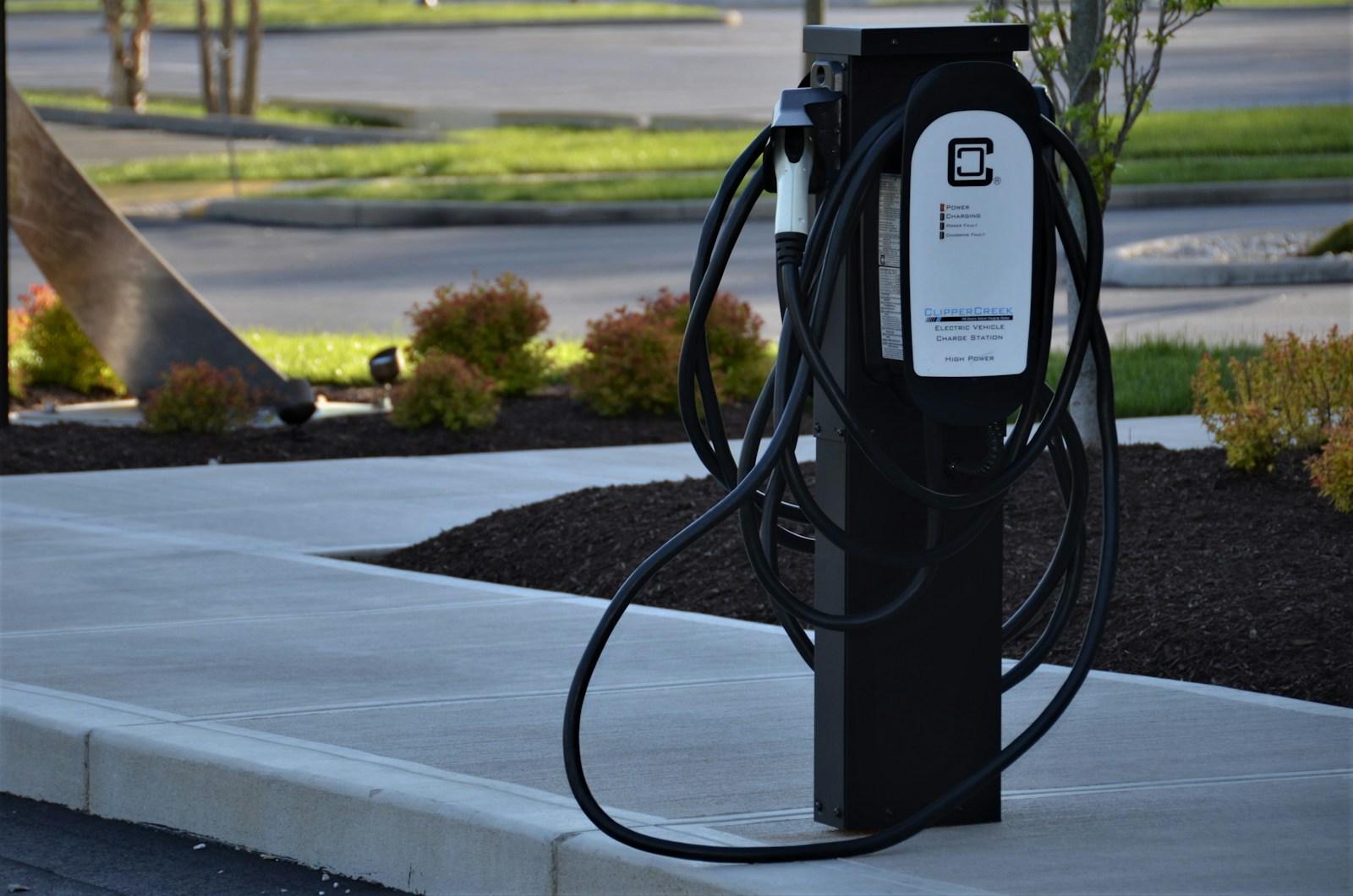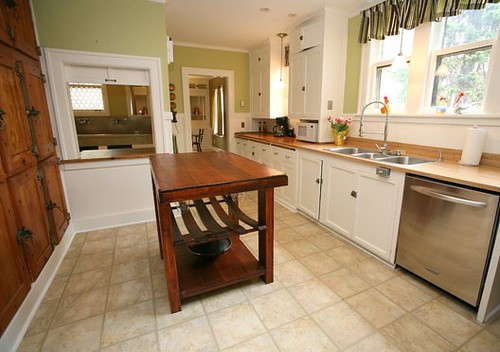
The 1950s were truly a golden age for the American kitchen, a time when innovation met everyday life with unparalleled charm and practicality. If you’ve ever found yourself wondering about the heart of a 1950s home, you’re in for a delightful journey back to an era where post-war optimism fueled a vibrant consumer culture, and kitchens were at the forefront of this exciting transformation. These spaces were more than just areas for meal preparation; they were bustling hubs where modern conveniences danced alongside nostalgic delights, reflecting a nation in transition. Every object within them told a story of ingenuity and cultural evolution, often adorned in a charming vintage color palette.
This pivotal decade, particularly in the U.S., saw the emergence of diverse new innovations that forever altered dining trends and home setups. From sleek-looking diners that became cultural touchstones to the first appearance of now-phased-out TV dinners, the entire culinary landscape was evolving at a rapid pace. But it was the broad range of kitchen appliances that proved especially significant, bringing newfound convenience that homemakers eagerly embraced. These machines, whether sizzling, stirring, slicing, or steaming, accomplished their goals with undeniable style and efficiency, making daily tasks much simpler.
While today’s modern kitchens boast AI ovens and smart gadgets, few eras of culinary devices exude a more distinct aesthetic and enduring appeal than the 1950s. We’re talking about items that were designed not just for functionality, but to make domestic life easier, more efficient, and undeniably more stylish. Many of these enduring culinary classics, built to last, continue to prove their worth today, embodying a blend of practical advice and trustworthy functionality that resonates with the principles of good housekeeping. Let’s take a closer look at some of these absolute queens of convenience that defined the 1950s kitchen setup, showcasing their pivotal role in shaping daily life.
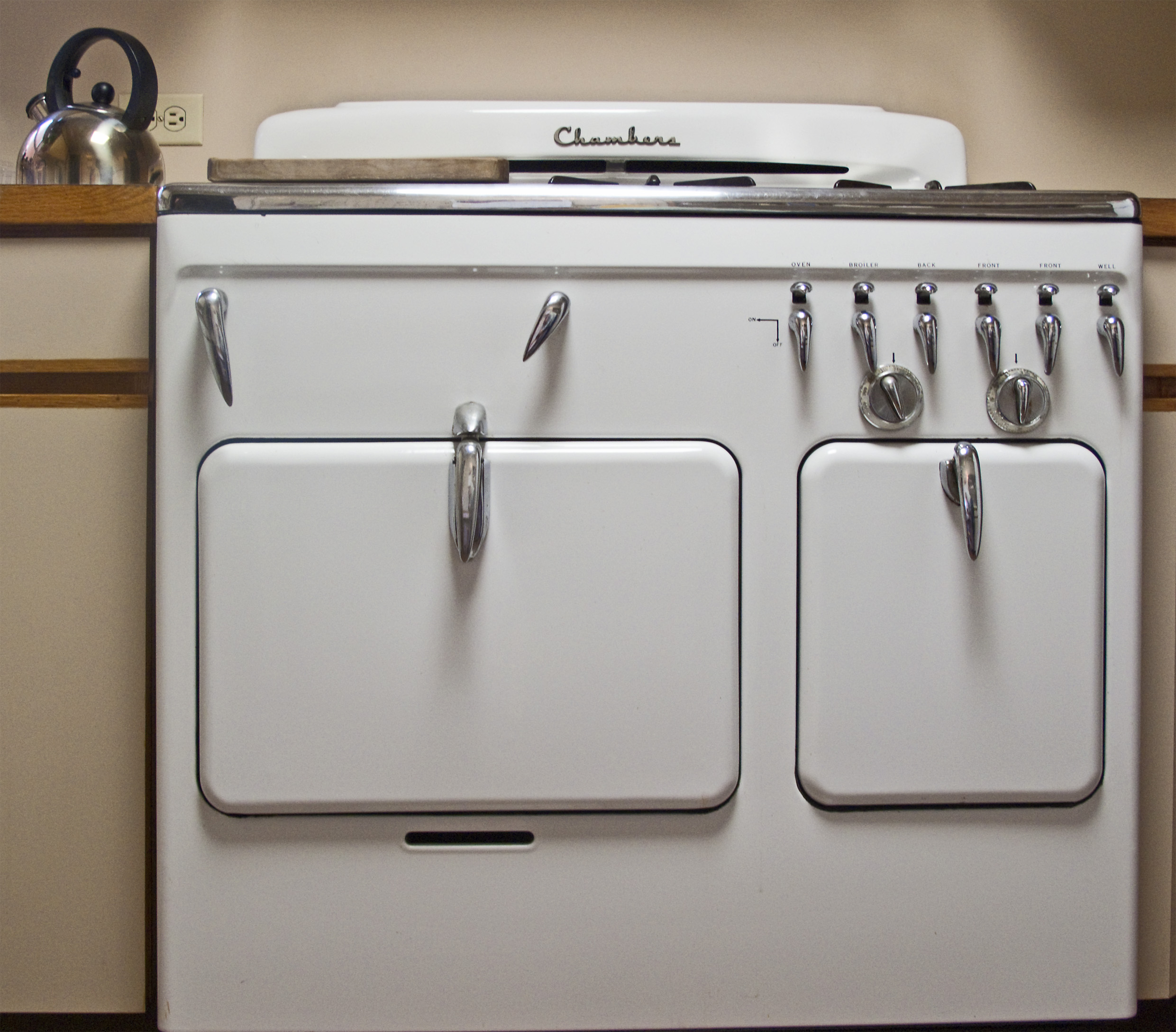
1. **Chambers Stoves**During the 1950s and extending into the 1960s, Chambers stoves stood out as premier appliances, delighting home cooks with their innovative features and sleek design. These stoves were not merely tools for cooking; they were statements of modernity and efficiency, capturing the optimistic spirit of the post-war era. Their presence in a kitchen signaled a commitment to embracing the latest advancements in domestic technology, promising a new level of culinary ease and sophistication for families across America.
The Model C, in particular, heralded a new era of cooking with its advanced capabilities and thoughtful design. Home cooks marveled at its self-cleaning feature, a groundbreaking innovation that dramatically reduced the drudgery of kitchen cleanup. Furthermore, the unique metal griddle integrated into the stove offered versatile cooking options, allowing for everything from breakfast pancakes to grilled sandwiches without the need for separate appliances. This combination of convenience and multi-functionality made Chambers stoves highly sought-after.
These stoves truly embodied the era’s blend of practicality and style, making complex cooking tasks more approachable and enjoyable. They freed up valuable time for homemakers, aligning perfectly with the burgeoning focus on leisure and family life. By offering reliable performance wrapped in an appealing aesthetic, Chambers stoves cemented their legacy as a cornerstone of the 1950s kitchen, forever altering expectations for what a cooking range could achieve.
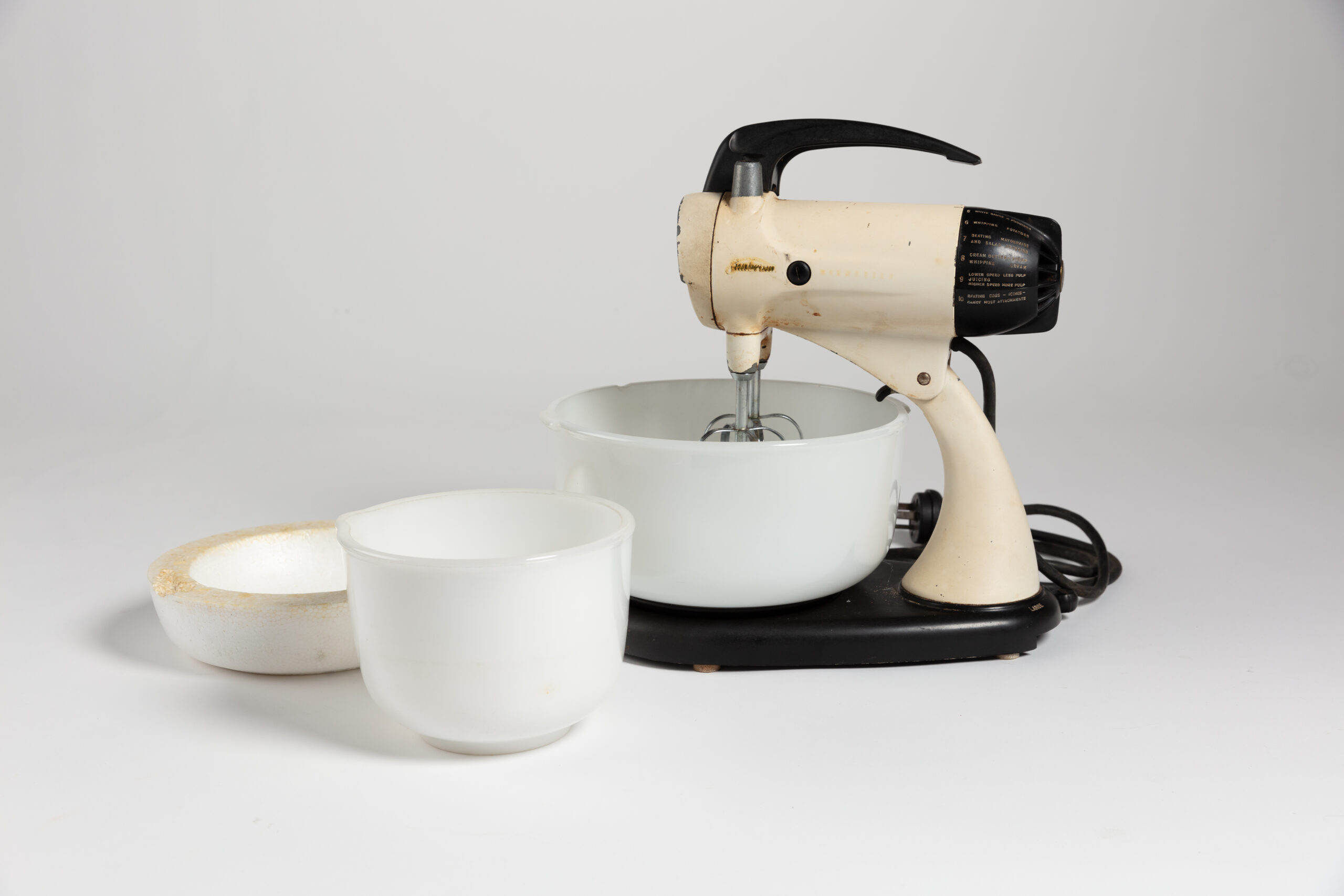
2. **Sunbeam Mixers**The Sunbeam Mixer was an iconic fixture in 1950s kitchens, serving as an indispensable tool for crafting a wide array of delicious baked treats. From mouthwatering old-fashioned Southern desserts to everyday cakes and cookies, this appliance was synonymous with homemade goodness. Its stylish appearance and reliable performance made it a trendy and beloved item of the time, often taking pride of place on kitchen counters as a symbol of domestic prowess and modern convenience.
What set the Sunbeam Mixer apart was its incredible variety of settings and attachments, which significantly broadened the horizons of home-cooked treats. This versatility allowed aspiring bakers to experiment with new recipes and techniques, moving beyond basic mixing to more intricate culinary creations. Whether whipping cream, kneading dough, or blending batters, the mixer provided consistent results, elevating the quality of homemade foods and encouraging greater culinary adventure in the home.
The Sunbeam Mixer perfectly exemplified the Good Housekeeping ethos of empowering readers with useful, practical information and tools. It transformed laborious manual tasks into simple, enjoyable processes, giving homemakers more time and energy for other pursuits. This reliable, multi-functional gadget truly reigned as a queen of convenience, cementing its place in the nostalgic memories of countless families and contributing significantly to the joyful art of home baking.
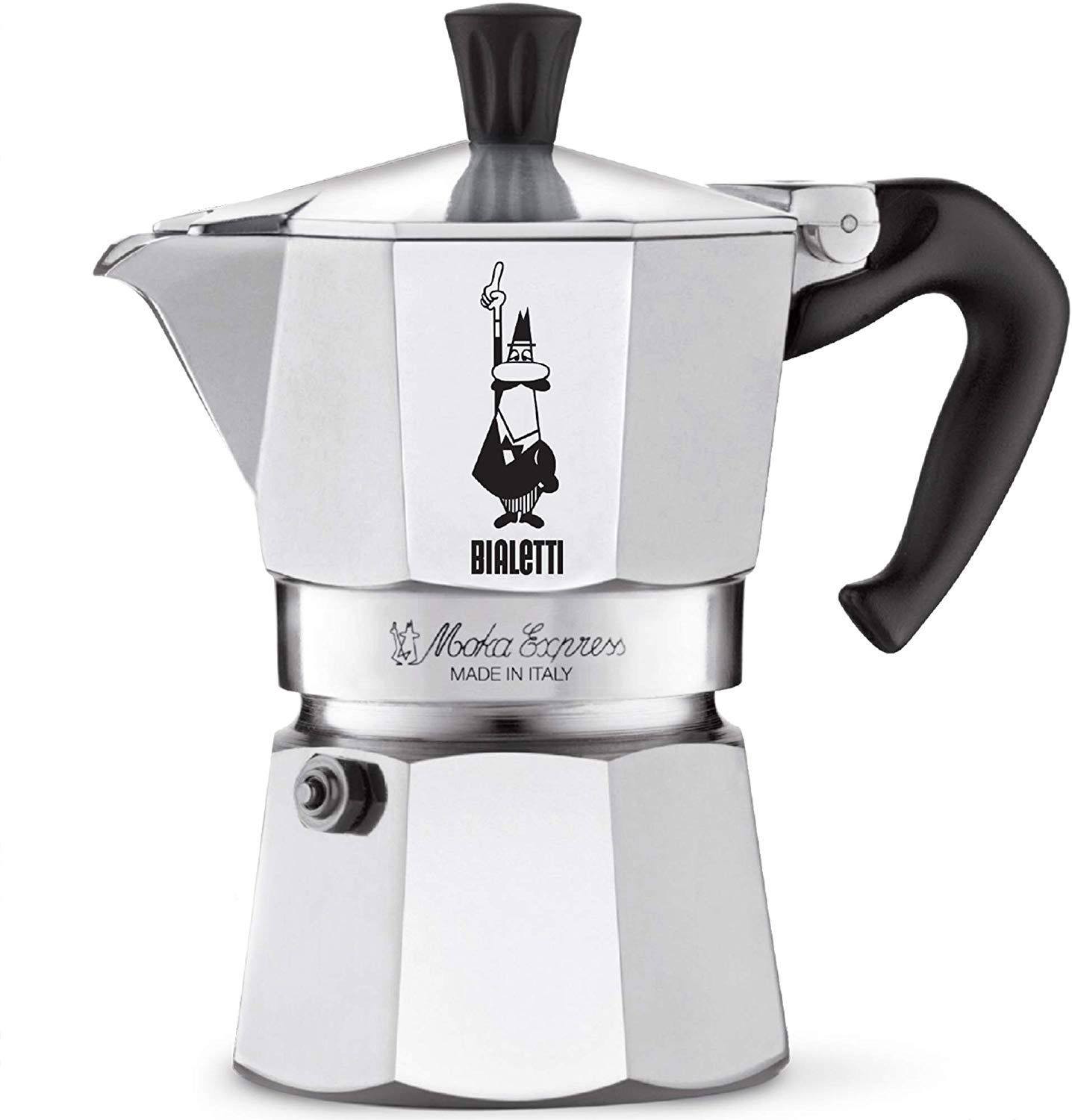
3. **Moka Pots**In the 1950s, long before the widespread popularity of pour-over methods or sophisticated espresso machines, stovetop coffee brewing was the prevailing method for coffee enthusiasts. And in this landscape, the Italian moka pot dominated shelves, becoming the go-to appliance for many American households seeking a robust and satisfying cup of coffee. Its distinctive octagonal design and simple operation made it both a functional tool and a stylish accessory in the mid-century kitchen.
While the moka pot is still widely used today, its design has experienced subtle changes over the years, a testament to its enduring appeal and fundamental effectiveness. Back in the 1950s, its presence on kitchen stovetops underscored a love for strong, full-bodied coffee, brewed with a straightforward, reliable process. The gentle bubbling sound and the rich aroma filling the kitchen were integral parts of the morning ritual, signifying the start of a new day.
The moka pot embodied a blend of traditional craftsmanship and accessible technology, making quality coffee achievable in any home. It offered a practical and trustworthy method for preparing daily coffee, aligning with the Good Housekeeping principle of providing effective solutions for everyday life. This iconic brewer brought a touch of European flair and dependable performance to American kitchens, solidifying its status as an indispensable kitchen item that continues to be cherished by many.
Read more about: Decoding the Drips: Your Essential Guide to Diagnosing, Fixing, and Preventing Coffee Maker Leaks
4. **Toastmaster Toasters**The Toastmaster toaster of the 1950s was a prime example of minimalist, sleek, and art-deco styled design, often possessing an aesthetic charm that some might argue looks better than its modern counterparts. It wasn’t just about functionality; these toasters brought a sophisticated visual element to kitchen countertops, reflecting the era’s appreciation for clean lines and elegant simplicity in everyday objects. They were truly a blend of form and function.
Already a brand with decades of presence, Toastmaster pioneered the revolutionary pop-up feature, a significant innovation that definitively ended an era of burnt-smelling toast. This clever mechanism automatically ejected perfectly toasted bread, eliminating the need for manual flipping or constant vigilance. It was a simple yet profoundly impactful advancement, transforming the morning routine into a more streamlined and enjoyable experience for millions of households.
This pioneering pop-up function perfectly illustrates the 1950s drive for efficiency and a streamlined domestic experience. The Toastmaster toaster offered a practical and reliable solution to a common morning task, making breakfast preparation quicker and less prone to culinary mishaps. It stands as a testament to how even seemingly small improvements in appliance design could deliver immense convenience and become an integral part of daily home life, earning its place as a truly iconic gadget.
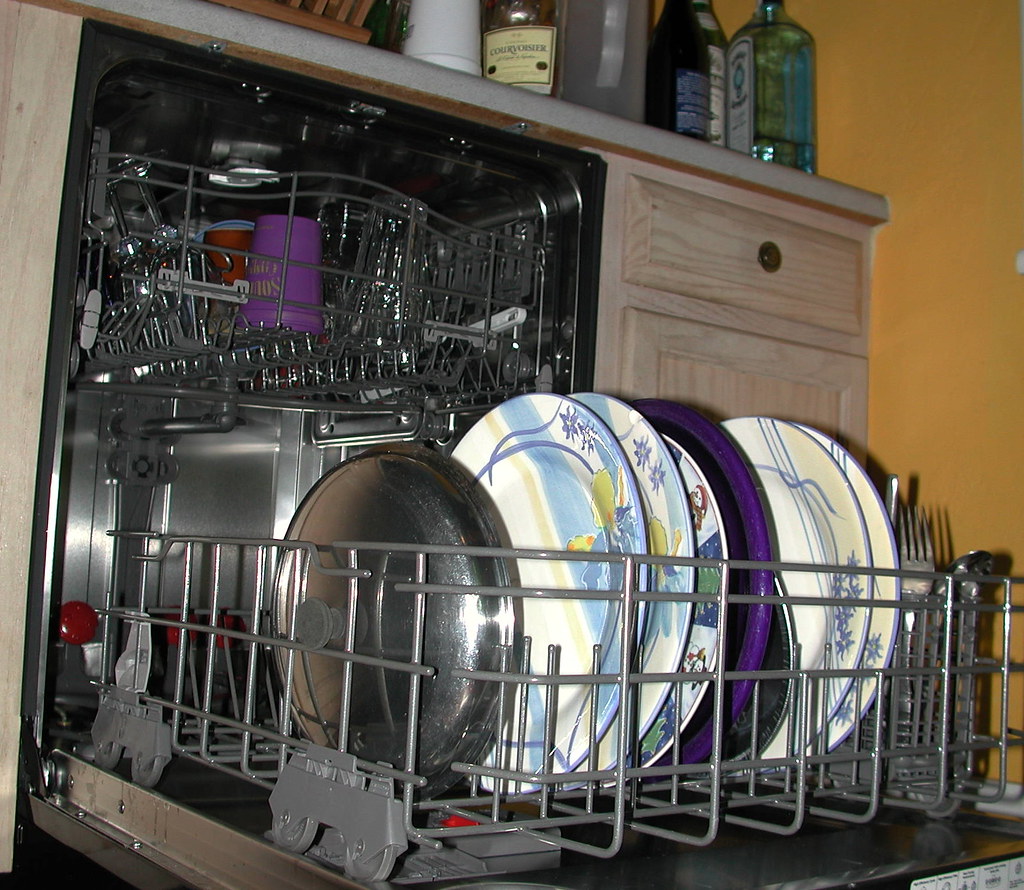
5. **Top-Loading Dishwashers**While today most dishwashers feature a front-opening door, the 1950s saw the widespread popularity of top-loading models, such as those produced by Westinghouse. This design represented a distinct approach to kitchen automation, moving away from manual dishwashing towards a more convenient and less laborious method. These appliances were a clear indicator of the era’s commitment to modernizing the home and easing the burden of daily chores for homemakers.
The unique design of these top-loading dishwashers featured an internal basket and a distinct loading approach, where dishes were placed from above. Within, a spinning jet would effectively rinse and clean the dishes, ensuring a thorough wash cycle. This innovative mechanism was a marvel of mid-century engineering, providing a level of cleanliness and efficiency that manual washing simply couldn’t match, particularly for larger families with more dishes.
The introduction and widespread adoption of top-loading dishwashers brought significant convenience to 1950s kitchens, profoundly impacting daily life. They liberated homemakers from the arduous, time-consuming task of hand-washing dishes, allowing more moments for family, leisure, and personal pursuits. These dishwashers symbolized the era’s enthusiastic embrace of technology to simplify domestic labor, offering a practical solution that enhanced the quality of life and redefined kitchen routines.

6. **Whistling Tea Kettles**The gentle, melodic whistle of a tea kettle was a cherished morning symphony in the 1950s kitchen, signaling the quiet rituals of the day’s beginning. More than mere appliances for boiling water, these kettles became comforting companions in early-hour solitude or vibrant participants in lively family interactions. Their distinctive sound was a reassuring signal, a familiar prelude to breakfast gatherings or a quiet moment of reflection with a warm cup of tea.
These kettles bridged generational gaps through shared routines, creating tangible memories of warmth and comfort. The crescendo of their whistle was not just a functional alert, but an auditory landmark in the domestic soundscape, ingrained in the daily lives of families. They often featured colorful enamel finishes, adding a cheerful touch to the stovetop and blending seamlessly with the era’s aesthetic sensibilities of combining utility with charm.
In an age captivated by rapid technological advancements, the enduring presence and simple elegance of the whistling tea kettle underscored a quintessential love for simplicity amidst progress. It represented a practical, accessible tool that required no complex settings, merely fire and water, to perform its essential task. This timeless kitchen essential, with its cheerful whistle and efficient heating, stands as a testament to the fact that some of the most beloved gadgets are those that bring both function and a touch of nostalgic joy to our daily lives.
The 1950s kitchen was a fascinating blend of practicality and burgeoning design, a space where every item was chosen not just for its utility, but often for its charm and innovative spirit. While Section 1 explored the larger, foundational appliances that redefined efficiency, this next part of our journey delves into the iconic smaller gadgets and enduring kitchen essentials. These items brought a new level of practicality, a dash of personality, and expanded culinary possibilities to households across America, making daily life simpler and more delightful.

7. **Pressure Cookers**Pressure cookers in the 1950s were truly revolutionary, transforming the landscape of meal preparation for American families. These culinary marvels dramatically reduced cooking times, perfectly embodying the era’s growing fascination with efficiency and modernity. For busy households juggling bustling post-war livelihoods, a pressure cooker became an indispensable ally, enabling the swift creation of hearty, nutritious meals without sacrificing flavor or nutrition.
Gone were the days of endless simmering for stews and braises. With a pressure cooker, a complex dish could be ready in a fraction of the time, a significant advantage for homemakers seeking to manage their time more effectively. This innovation directly supported the emerging focus on family leisure and personal pursuits, offering a practical solution to daily culinary demands that resonated deeply with the Good Housekeeping ethos of empowering useful information.
As safety features steadily improved, these appliances not only symbolized the technological progress of the era but also significantly relaxed the pace of domestic labor. They granted more precious moments for family bonding and personal enjoyment, solidifying their place as a trusted and empowering tool in the modern 1950s kitchen. It was more than a cooking pot; it was a pathway to a more convenient, enjoyable lifestyle.
Read more about: Mastering Home EV Charging: Your Expert Guide to Seamlessly Powering Up Electrically
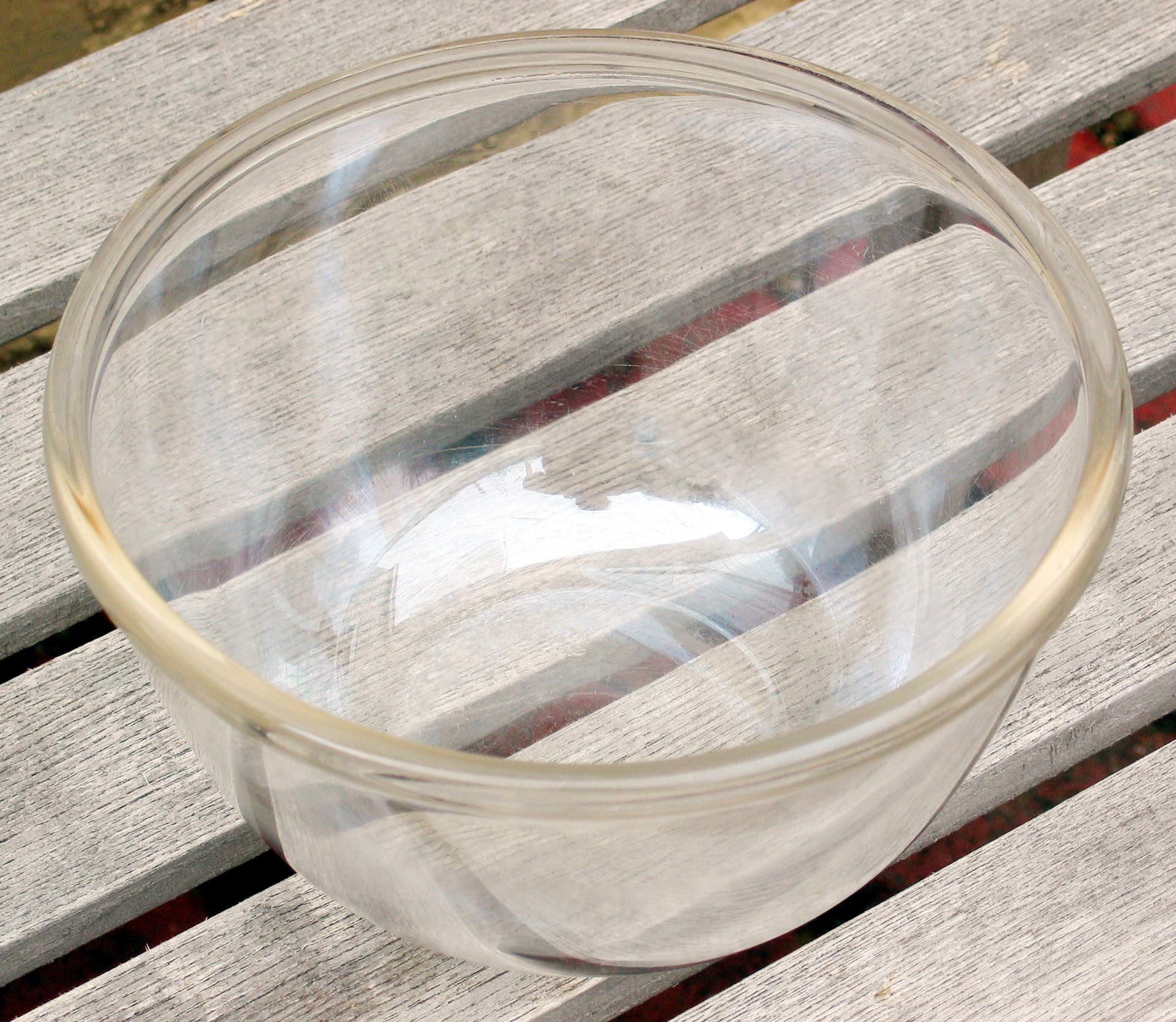
8. **Mixing Bowls in Vibrant Pyrex**Vivid Pyrex mixing bowls brought a delightful splash of color and unparalleled practicality to 1950s kitchens. These resilient glassware sets were a true marvel of design and function, engineered to resist the wear and tear of everyday use while showcasing a beautiful, translucent aesthetic. They quickly became a staple, beloved for their durability and cheerful appearance.
Each bowl in a set often came in a distinct, vibrant hue characteristic of the era—from eye-catching red to cheery yellow and serene green. This not only added a playful pop of color to kitchen countertops but also captured the lively spirit of mid-century innovation and style. They were not merely tools; they were decorative accents that brightened the cooking experience.
More than just functional implements for mixing batters or preparing salads, these Pyrex bowls were often seen as heirlooms in the making. Built to last, they were frequently passed down through generations, each set accumulating stories of countless family feasts, holiday baking sessions, and everyday culinary creativity. They embodied the Good Housekeeping promise of trustworthy, long-lasting products.
Read more about: Unbelievable Treasures: 15 Ordinary Items From Your Attic That Are Now Worth a Fortune

9. **The Enamel Bread Box**A charming and undeniably practical staple perched on countless countertops, the enamel bread box perfectly encapsulated the unique allure of the 1950s kitchen. With its glossy, porcelain-like finish and clean lines, these boxes excelled at preserving bread’s freshness, skillfully merging essential utility with an understated elegance that defined the era’s domestic aesthetic.
These bread boxes were far more than simple storage containers; they were subtle icons of a simpler, perhaps slower, pace of life. Their presence in the kitchen whispered tales of mornings filled with the comforting scent of fresh-baked loaves, evoking a time when domestic routines were cherished rituals. Each slice, carefully retrieved, became a small reminder of the nurturing heart of the home, connecting families to wholesome traditions.
Standing gracefully at the crux of tradition and change, the enamel bread box represented a commitment to practical solutions that enhanced daily living. Its enduring design and reliable function made it an indispensable item for homemakers, offering a blend of nostalgic charm and effective food preservation that continues to captivate enthusiasts of vintage kitchenware today. It’s a classic example of thoughtful design for everyday needs.
Read more about: Beyond the Posh Plate: Unpacking Victoria Beckham’s ‘Disciplined’ Diet and What it Really Means for Your Health Journey
10. **Electric Percolators**In the 1950s, the electric percolator was more than a mere appliance; it symbolized the exciting dawn of home automation and the comforting predictability of routine. These shiny chrome tools sat proudly on kitchen counters, bubbling away with their distinctive sound as the morning ritual began, filling homes with the rich aroma of freshly brewed coffee. It was a marvel of accessible technology.
Unlike stovetop methods, electric percolators offered a self-contained, automated way to achieve a rich, robust brew. They mirrored an era of burgeoning consumer confidence and a collective desire for convenient, efficient living. The visible “perk” action through the glass knob on top was a fascinating show, promising innovation in every household, a whisper of modernity that lured people into the bright potential of tomorrow, one perfect cup of coffee at a time.
While the method creates a full-bodied and strong coffee, the electric percolator truly spoke to the promise of innovation in every household, offering consistent performance and undeniable convenience. This practical and trustworthy method of coffee preparation aligns perfectly with the principles of efficient home management, ensuring a delicious start to the day with minimal effort, making it a beloved appliance for its time.
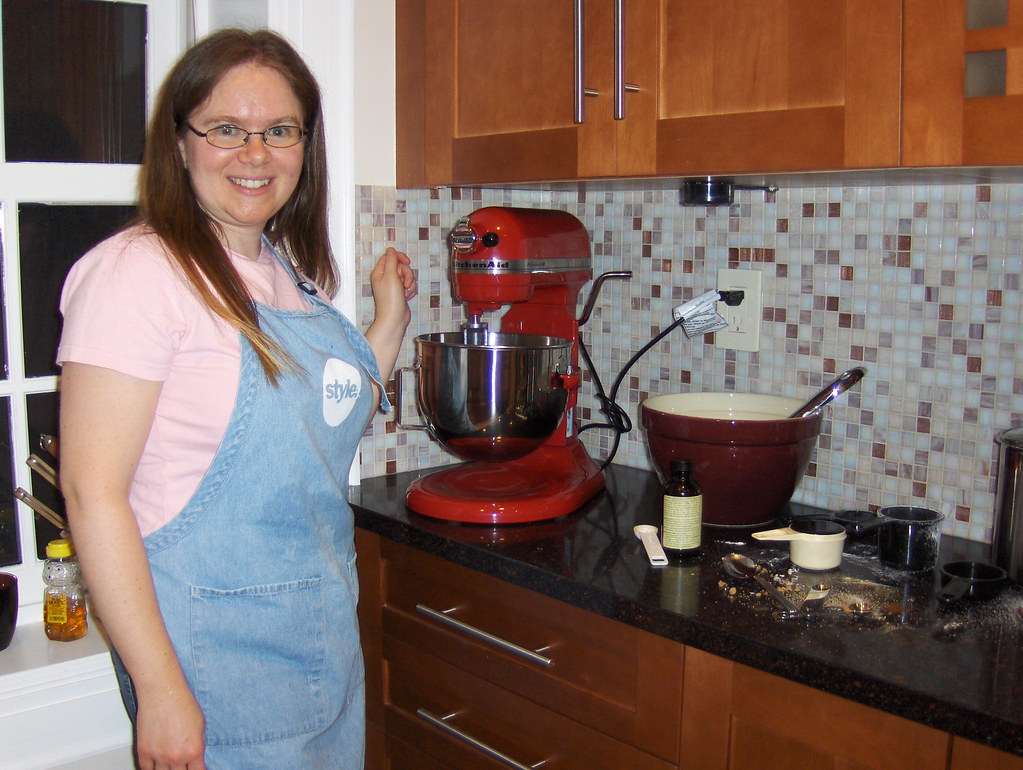
11. **Handy Hand Mixers**The distinct hum of a hand mixer echoing through a 1950s kitchen was the unmistakable sound of newfound culinary efficiency. Unlike their heavier, more cumbersome predecessors, these lightweight, agile devices offered homemakers unprecedented freedom from the laborious task of manual whisking and stirring. They were a game-changer, liberating bakers and cooks to explore new horizons.
These mixers signified a quiet but powerful wave of innovation, streamlining countless kitchen tasks while simultaneously ushering in new culinary possibilities. Recipes became more adventurous, encouraging weekday experimentation and fostering a newfound confidence in the kitchen. Whether whipping cream for a delicate dessert or blending ingredients for a family meal, the hand mixer transformed the domestic landscape.
This invaluable gadget profoundly shaped how families approached mealtime preparation, making cooking and baking more accessible and enjoyable for everyone. It invited creativity and convenience into the heart of the home, proving that thoughtful design could turn mundane chores into satisfying experiences, truly earning its place as a practical, empowering tool in the Good Housekeeping tradition.
Read more about: Navigating Life’s Next Chapter: Essential Shifts and Smart Tools for Thriving Seniors
In an era that often encouraged conformity, these charming canisters were subtle declarations of self, asserting a family’s unique flair in the sometimes-uniform world of suburbia. They embodied the accessible and engaging spirit of 1950s home decor, proving that even the most everyday items could bring joy and a sense of personalized style to the heart of the home. They remain beloved collectibles for their enduring charm.
The 1950s truly established a benchmark for how our kitchens could function—and look. These remarkable gadgets and enduring essentials, from the efficiency of the pressure cooker to the vibrant charm of Pyrex bowls, didn’t just ease daily chores; they wove themselves into the fabric of family life, creating memories and traditions that continue to resonate. They remind us that true convenience isn’t just about speed, but about the joy and character these tools bring into our homes, enduring as timeless treasures. They underscore the idea that while technology advances, the heart of the home, powered by ingenuity and thoughtful design, remains a constant source of inspiration and warmth. Looking back, it’s clear these innovations weren’t just about the ’50s; they were about laying the foundation for a lifetime of good living, one practical, stylish gadget at a time.

